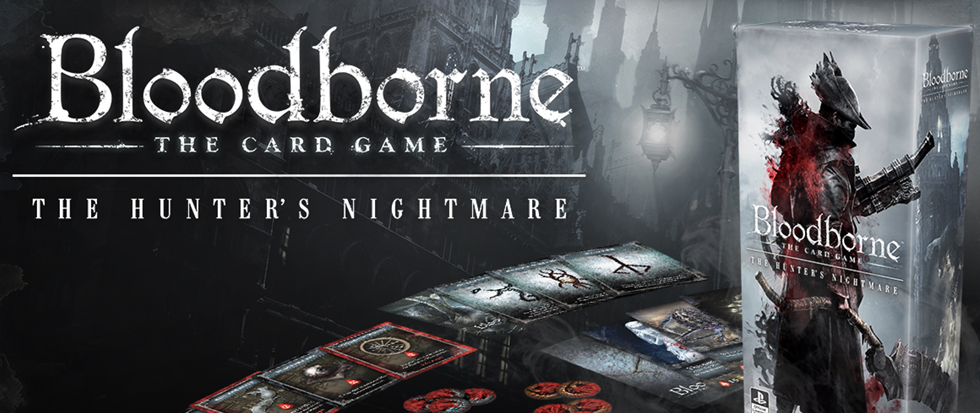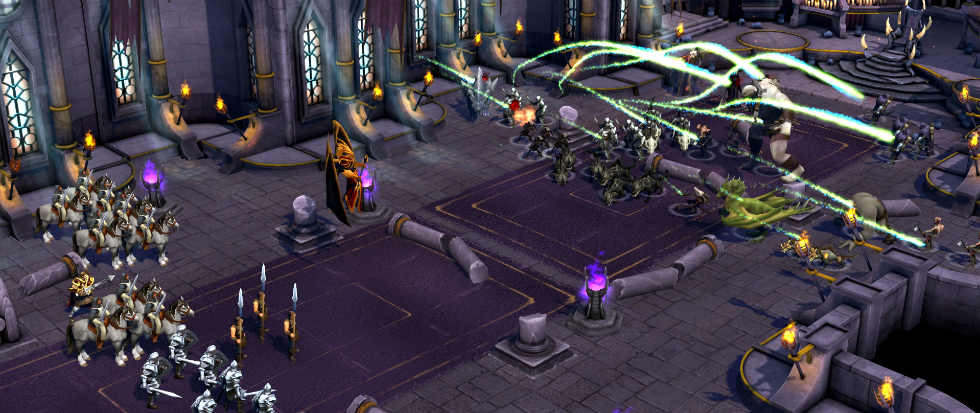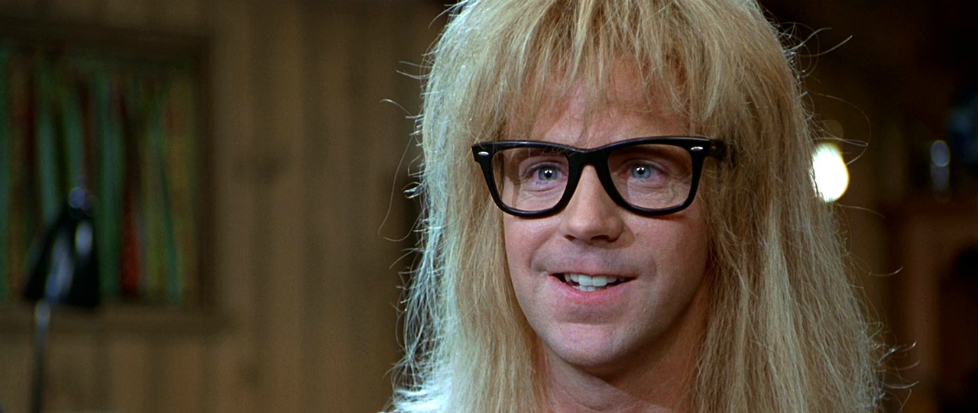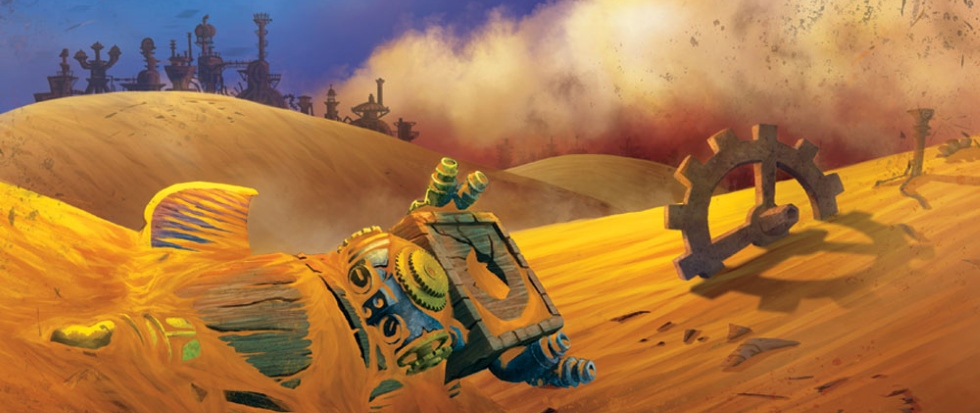
The Tentacled Spirit of Yharnam, in Card Stock
Much like arguing for the merits of a screamo band, the case for Dark Souls and its cousin Bloodborne is often about an appreciation for challenge. These titles don’t play like many other videogames, requiring patience and rewiring one’s approach to methodical play. In these cases, this means deconstructing the twitchy, button-smashing habits many games coax from players. To ask that your friend completely forget how they’ve played everything to date and spend a few existentially frustrating hours on From Software’s level—to appreciate its precise pacing, to learn the very particular dance steps with each glistening gremlin, and that sometimes some nigh-impossible direwolves are a temporary barrier rather than something to be stepped up to immediately—one must also accept that this kind of investment is just not what many folks are into. Screamo is not pop music, and Bloodborne is not Pac-Man.
To the credit of Bloodborne’s underlying philosophies, as well as board game designer Eric M. Lang, the second-to-second rollercoaster of risky attacks and rewarding showers of viscera has been distilled, the concepts brought round without the obstacle of controller literacy and muscle reflex. The pitch void and tentacled spirit of Yharnam has come to your table, in a much more accessible package of thick board stock and gory ink, as Bloodborne: The Card Game.
If you’re familiar with the hunters and their fight against the nightmare, then there isn’t much new for you here. Conceptually, three-to-five players descend into a Chalice Dungeon, a randomized collection of monster and boss cards that the group is meant to challenge together. Players start out on the same level, but in deck-building fashion, adds to their arsenal via trips to the Hunter’s Dream, a refuge from the chaos that one visits by choice or death several times. The hunters must work together to take down their rotating opponents, but are also jockeying for hits in order to stack the most blood echoes by the end. Those same echoes are lost when a player dies but banked if they go to the Dream. Every aspect of the card game syncs wonderfully with the digital inspiration: the desire to scoop up those echoes, the time lost in the Dream but the upgrades earned positioning each player as a threat to both the mad demons and their colleagues, as they become ever more dangerous perils to their victory.
As in the original Bloodborne, and as Nick Cave trills with his friends, death is not the end. Which is good, because everyone will die, a few times most likely. Thanks to the “exploding” dice system in this game, every monster can potentially take down any and all players in a single swish of scythe or claw. If there’s a little “+” mark when you roll, it’s time to toss the bones again, and keep rolling in this fashion until a number without the plus pops up. If this total ever tops eight, you are likely out, unless you have and used a weapon that dodges damage for this one turn, you lucky devil. Dying sends you to the Dream as well, but with fewer benefits: still an upgrade and full-health, but you do not regain your spent weapon cards, that requires an intentional trip to the Hunter’s Dream. On top of all this, there are Final Bosses who alter the rules for the entire game in different ways, adding the potential for permadeath or other effects that everyone must account for, adding to a variety of replayability.
An entire game can dash out in less than an hour or 45 minutes, which left me hungry for more immediately. There’s also an expansion incoming that adds rune effects and complicates death a little further. Halfway through when everyone realizes that one player has quietly taken the lead and must not be allowed to run roughshod over the group through the end, the true nature of Bloodborne: The Card Game is revealed: co-op until it’s cutthroat. Even Father Gascoigne was a hunter once, until he succumbed to the blood and the beast, and the same will likely happen to you.





